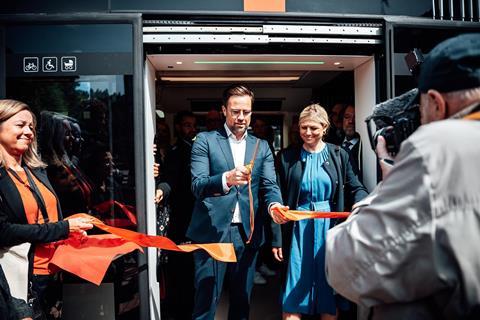
DENMARK: Music, entertainment and free chocolate-coated strawberries featured in the celebrations marking the opening of the Odense tramway on May 28.
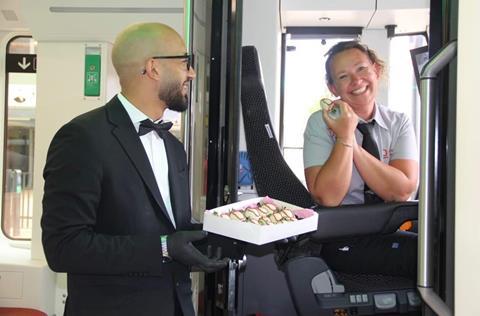
The 14·5 km double-track line runs from Tarup in the northwest to the station, Syddansk Universitet, a hospital and Hjallese in the south, with 26 stops.
Travel is free until June 5.
Construction
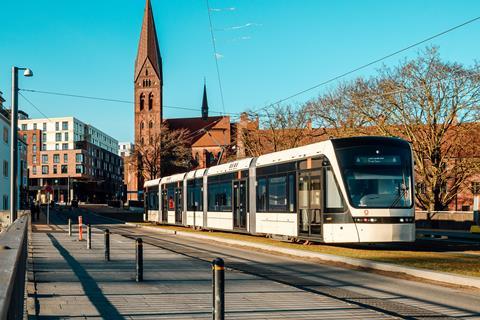
Development of a light rail line in Denmark’s third-largest city was one of the projects included in the government’s public transport strategy published in June 2012.
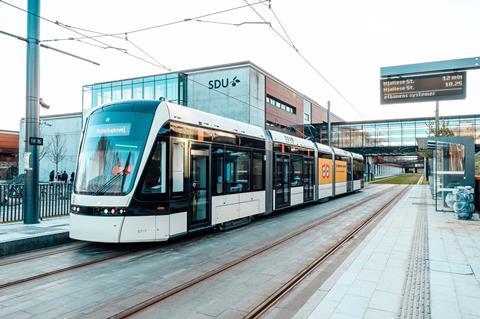
The following month the city council announced the appointment of Parsons Brinckerhoff to assist with planning and project management.
The national budget for 2014 allocated DKr1·1bn for the capital cost of the infrastructure, with the city to provide DKr600m for operations-related elements such as the rolling stock and control centre, and the Syddanmark region to fund the rest of the estimated DKr2·4bn capital cost.
Legal powers were granted in early 2015, and city established Odense Letbane as project promoter. Opening was envisaged by 2020.
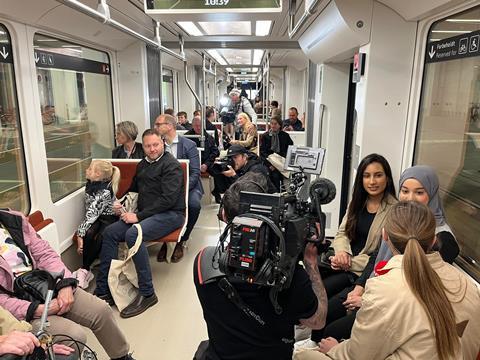
In June 2017 the CME consortium led by COMSA with subcontractors Munck and Efacec was awarded the DKr1·2bn railway systems contract, including track, signalling, telecoms, the control and maintenance centre and testing. Requirements included the use of anti-vibration track materials, while more than 500 m2 of solar panels, thermal insulation and use of natural light make the depot self-sufficient in energy. Efacec’s €50m share of the contract included the supply of transformers and switchgear.
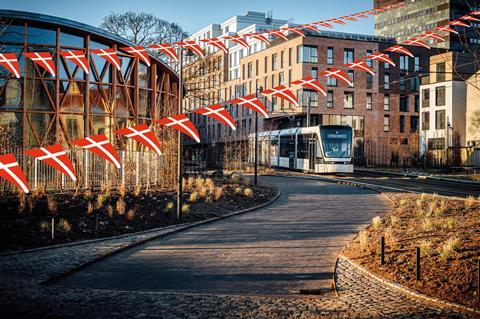
Construction continued during the coronavirus pandemic, but activities had to be rescheduled and co-ordination with other works in the city became more difficult. The revised opening date of the end of 2021 was put further back because of delays to work to ensure there was no electrical interference with Banedanmark’s main line railway safety systems.
The contractor formally handed the project over to Odense Letbane when regulatory approval for operation was received on April 26 2022.
Trams
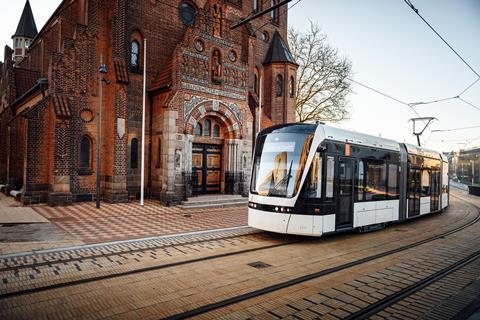
Stadler Pankow has supplied 16 trams under a DKr336m contract announced in May 2017, with the first delivered in February 2020. Fitting-out of the interiors was undertaken at the Munkebjergvej depot.
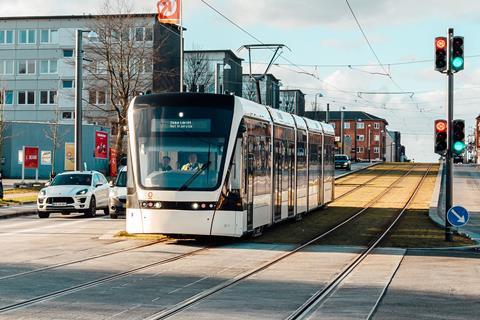
The 29·2 m long, 2 650 mm wide Variobahn trams weighing 40·8 tonnes have 60 seats and a capacity of 193 passengers. The vehicles carry names selected by the public on the theme of ‘Travelling is to live’, with one named after a local type of cake.
Uromac Australia supplied two road-rail vehicles. One can sweep and vacuum the track, the other has a lift and cradle to inspect and repair overhead power lines or move heavy items.
Operations
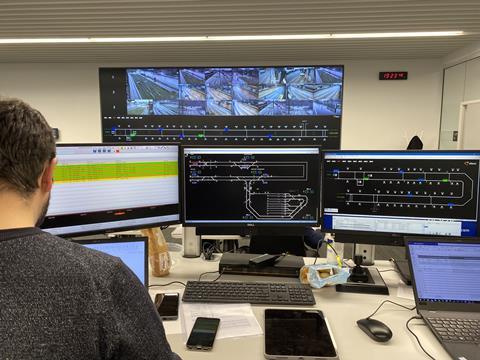
Services are operated by Keolis under a DKr1·2bn 15-year contract awarded in December 2018. Keolis also operates the local buses.
Trams will run every 7½ min on weekdays, every 10 min on Saturdays and every 15 min in the early mornings, evenings and on Sundays, with an end-to-end journey time of 42 min. The fare system will be integrated with the buses, and ridership is forecast at 35 000 passengers/day.
Expansion
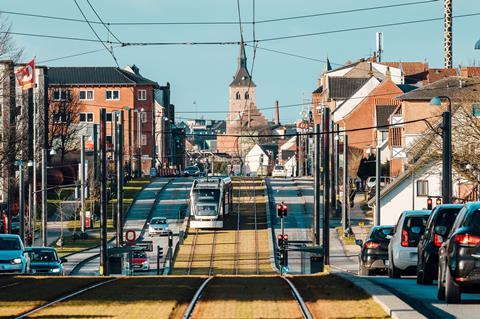
Last year Odense Letbane published a report into options for expansion which had been produced with COWI, Niras and WSP, the mayor’s office and the municipality.
This put forward two options. One is for a 4·9 km branch to Seden in the northeast, which would add 10 stops and create a Y-shaped network. The second option includes the Seden branch as well as a branch to the zoo in the southwest, adding a total of 7·3 km and 14 stops to create a H-shaped network with two routes overlapping in the central section. The council said any decision on whether to go ahead with a second phase would be taken in autumn 2022 at the earliest.



